WWF-Canada’s Masterclass: When carbon tech met Indigenous-led conservation
WWF-Canada launched our Nature x Carbon Tech Challenge in 2021, calling on academics, entrepreneurs and inventors to pitch their most cost-effective, innovative and user-friendly technologies to measure carbon in nature. Why? So, we can better track the effectiveness of conservation actions to ensure maximum impact.
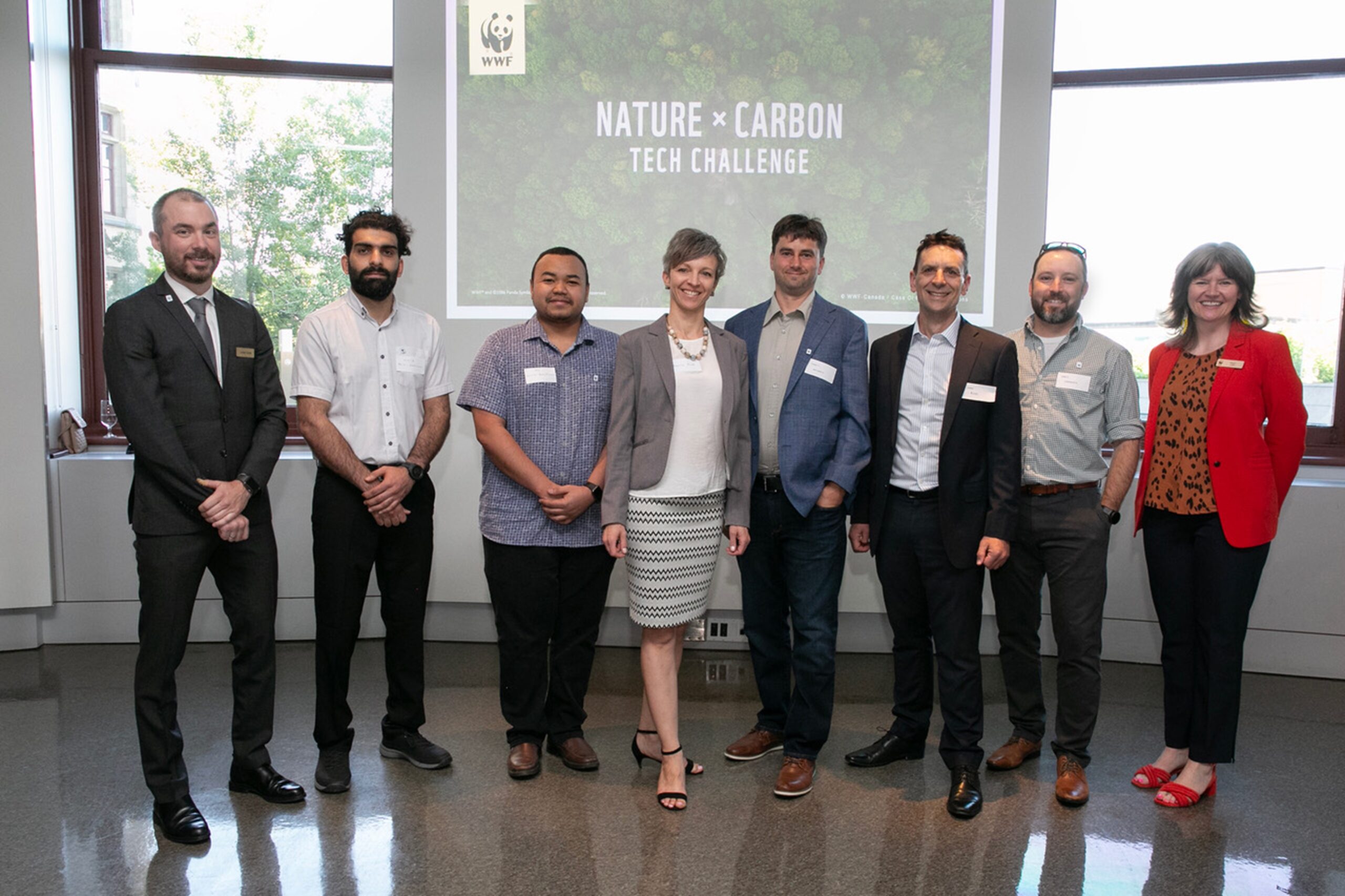
After a round of field testing, three finalists were awarded $100,000 each during a May 31 event at Ottawa’s Canadian Museum of Nature. The winners — Korotu Technology from Toronto, ON; Innovatree Carbon Group Ltd. from Kamloops, B.C.; and Digital Forest Lab from Laval University in Quebec City — will now be implementing their unique technologies in the field with community partners.
The following month, Korotu founder and CEO Sean Rudd joined one of those community partners, Secwépemcul’ecw Restoration and Stewardship Society CEO, Angela Kane, as well as WWF-Canada conservation scientist Jessica Currie at the Collision tech conference in Toronto.
They were there to participate in a Masterclass — moderated by WWF-Canada president and CEO, Megan Leslie — on how Indigenous-led conservation and cutting-edge technology are changing our approach to restoration and tree planting so that it reflects Indigenous values, creates resilient ecosystems and helps fight climate change.
Here’s an excerpt of their conversation:
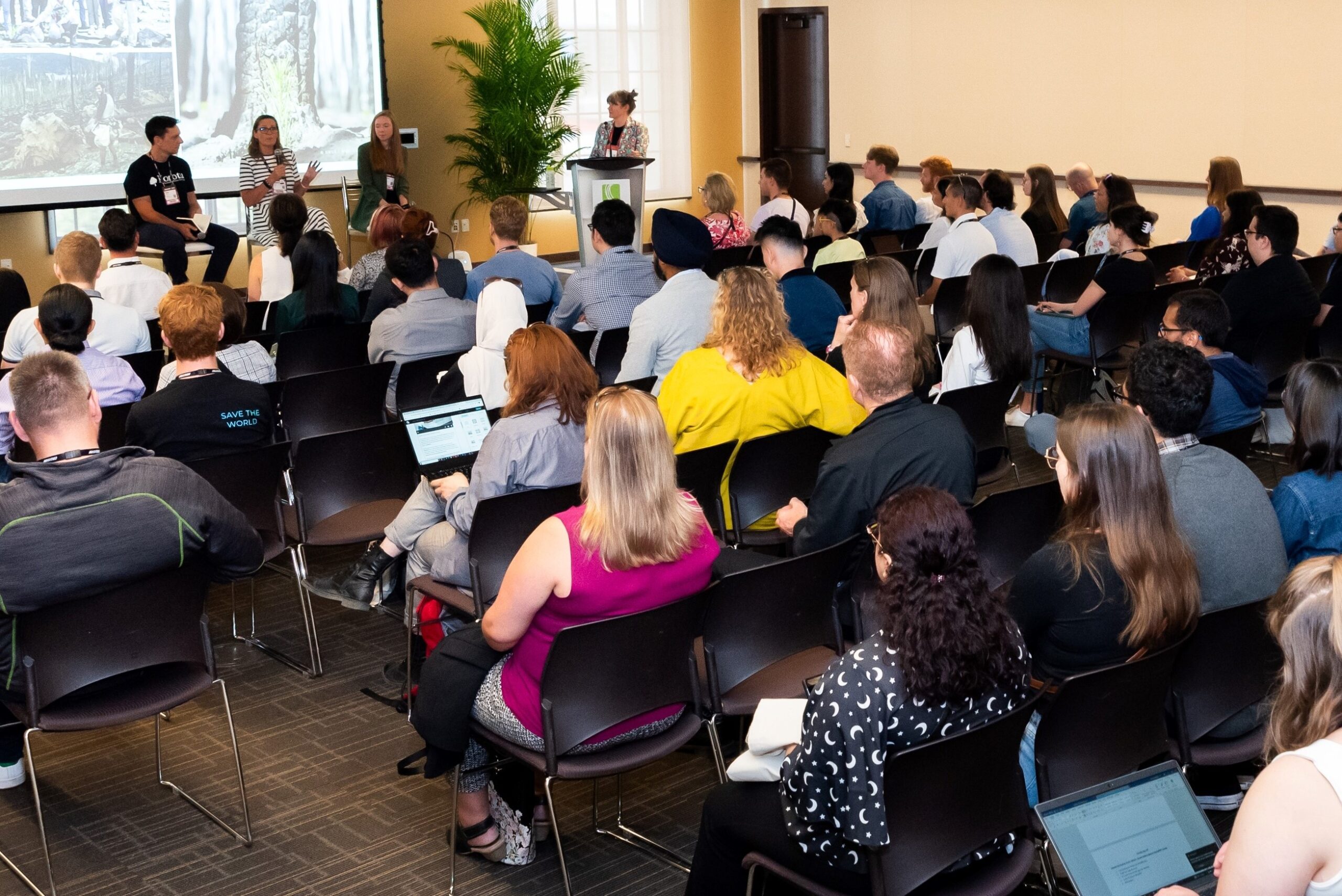
Megan Leslie: It’s an honour to be here today to facilitate this important discussion. There’s a lot of interest from both government and business in tree planting as a means of restoring habitat and fire-damaged landscapes, and also as a way of absorbing carbon. Restoring nature so that trees can grow and absorb carbon from the atmosphere is an incredibly simple tool that can help us meet our commitments to cut carbon emissions and reverse wildlife loss.
But on its own, tree planting is unlikely to have an impact at the scale we need, especially if we prioritize tree species and density to maximize outputs for the forestry sector. That’s what’s happening, and what’s missing in that picture is all the other plants: the understory, the wildflowers, the shrubs, the diversity of species.
To talk about all of this, I’m thrilled to have three guests with me today.
Angie Kane, the CEO of the Secwépemcul’ecw Restoration and Stewardship Society will tell us about her organization’s work to reforest after major a major fire ravaged nearly 200,000 hectares of territory near Kamloops, B.C.
We also have one of the award recipients from our Nature x Carbon Tech Challenge, Sean Rudd, founder and CEO of Korotu Technology. They’re helping to support climate and biodiversity stewardship by continuously monitoring and measuring the forests, wetlands and grasslands that communities depend on through their land steward program.
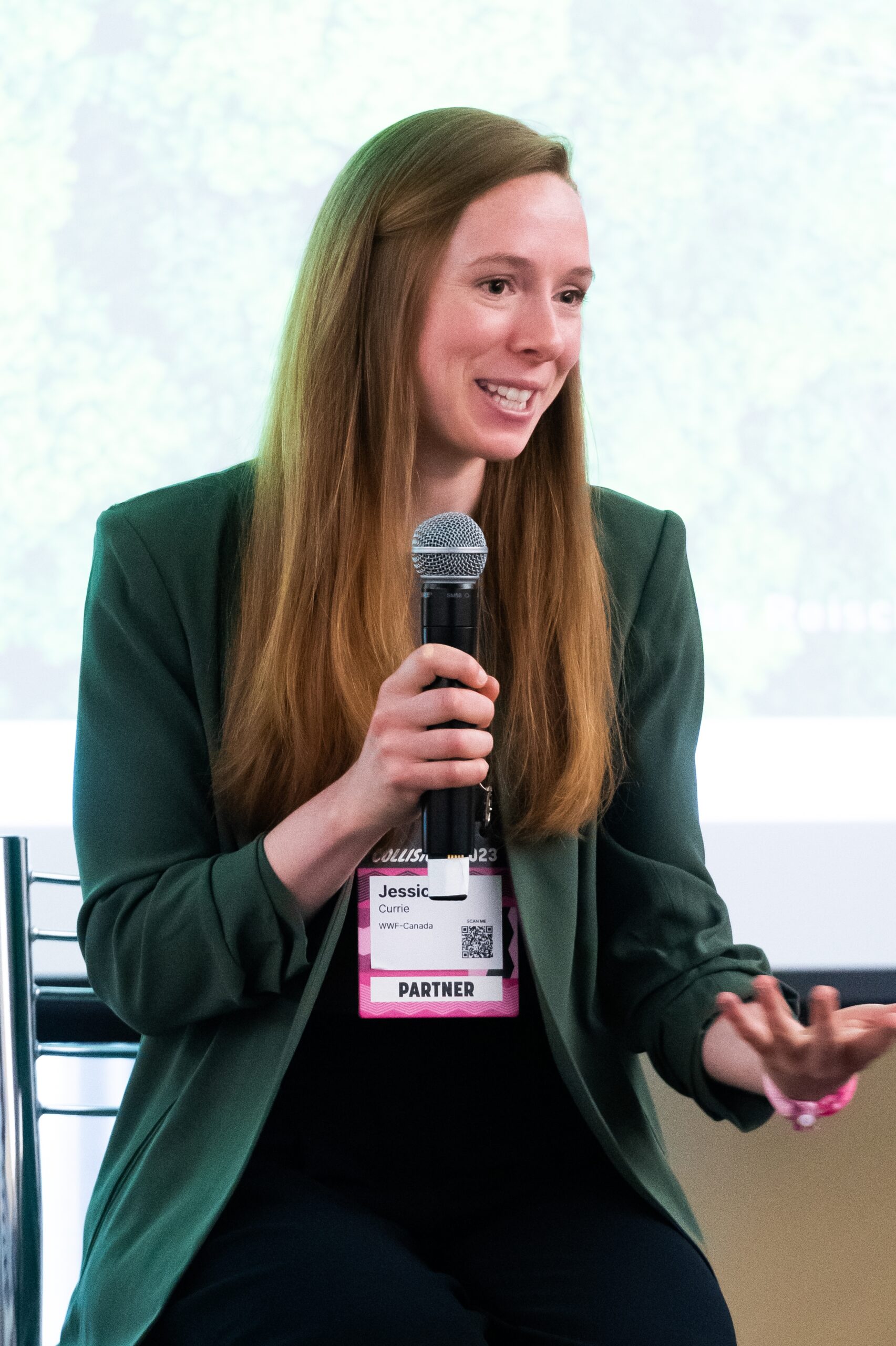
Finally, we have WWF-Canada’s Jessica Currie, senior specialist of nature-based climate solutions, who worked on the tech challenge at WWF-Canada.
Jessica, I’ll start with you. Why is monitoring carbon so important?
Jessica Currie: Knowing where carbon is located, how much carbon is actually there, and the rate that that carbon is being captured over time is key to understanding and enhancing the role that nature-based climate solutions can actually play in mitigating climate change. It’s also critical information to helping us achieve Canada’s international commitment to reaching net zero emissions by 2050.
But we can’t manage what we’re not measuring. And while carbon technology has existed in the past, it’s been expensive, labour intensive and knowledge intensive as well. so there have been a lot of barriers to measuring carbon in nature in the past.
This is what the tech challenge was designed to address. We were challenging innovators to turn their expertise towards building affordable and accessible solutions to measure carbon in nature, particularly those that would build capacity in local communities and in Indigenous nations to really support their leadership and protection and restoration across the country.
Megan Leslie: Thanks Jessica. Now I want to turn to Angie. Can you tell us about SRSS and what your objectives are as an organization?
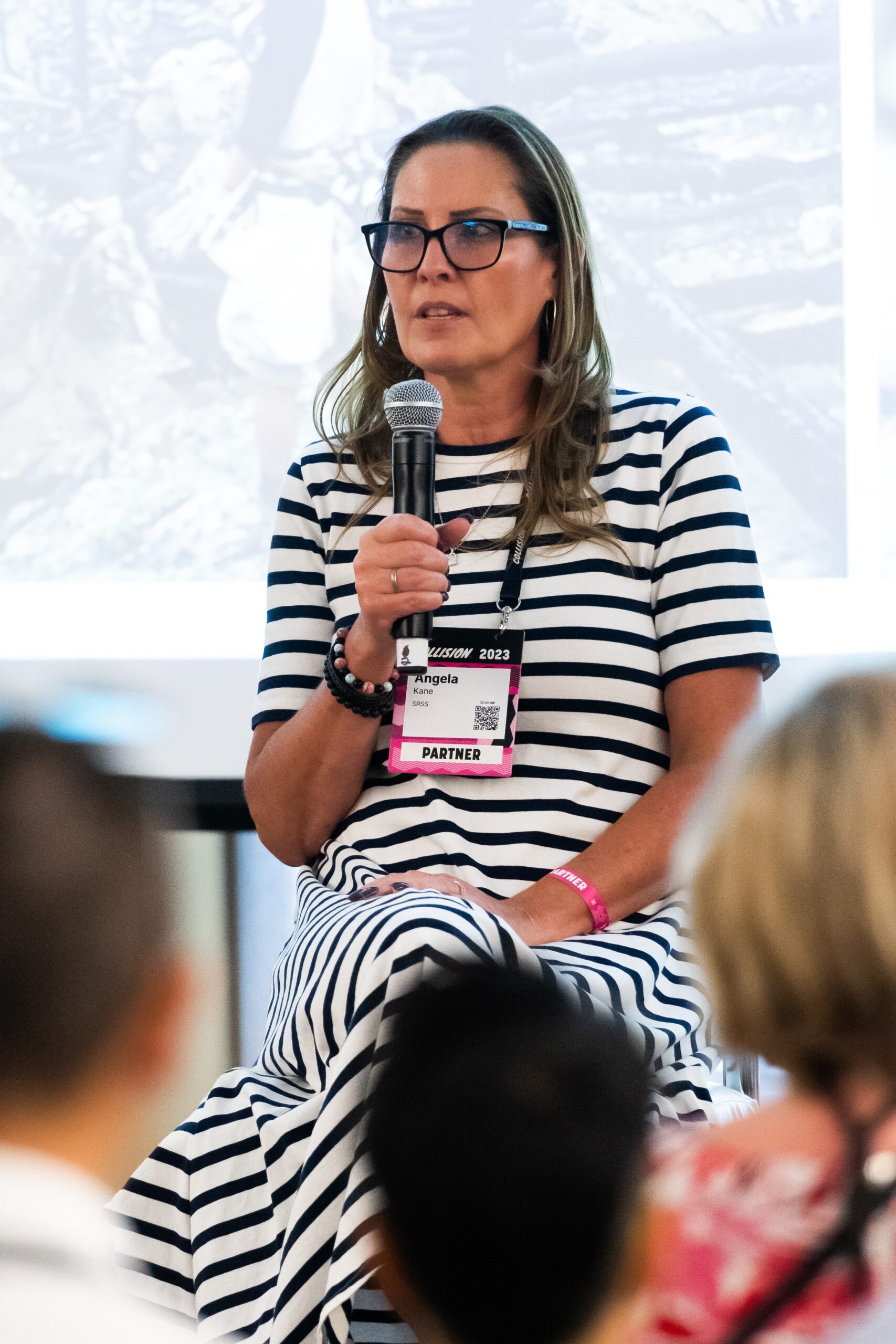
Angie Kane: The SRSS was formed back in 2019, after the 2017 Elephant Hill wildfire. During that fire, we had communities that shared the traditional territories within those 192,000 hectares that were burned. So those eight communities came together to look at restoration from an Indigenous perspective [where] the forest is your pharmacy, your butcher, your connection to the land. When a wildfire comes through, it destroys all of these things. A community’s whole way of being, their whole way of life, is gone.
The key piece for us was looking at how can we create a balanced ecological system, one that incorporates economics as well as ecology — looking at the diverse species that we have to put back on the land, and how to get seeds for those plants. It’s also understanding that some of these species have a lot of water in them, and they have value to actually stop a fire, and we want to see a mixture of the trees that are planted in the area to create a balance.
Megan Leslie: Thank you Angie. Sean, can you tell us about the tech you’re working on and how this work can help organizations like SRSS and with climate change generally?
Sean Rudd: When my wife and co-founder and I created Korotu, we knew how hard volunteers were working in many communities to try and protect natural areas, and how it was a struggle to raise funds and awareness without the right data to tell the story.
So, we decided that we were going to lean into that problem and try to make it easier for groups to be able to protect nature with technology.
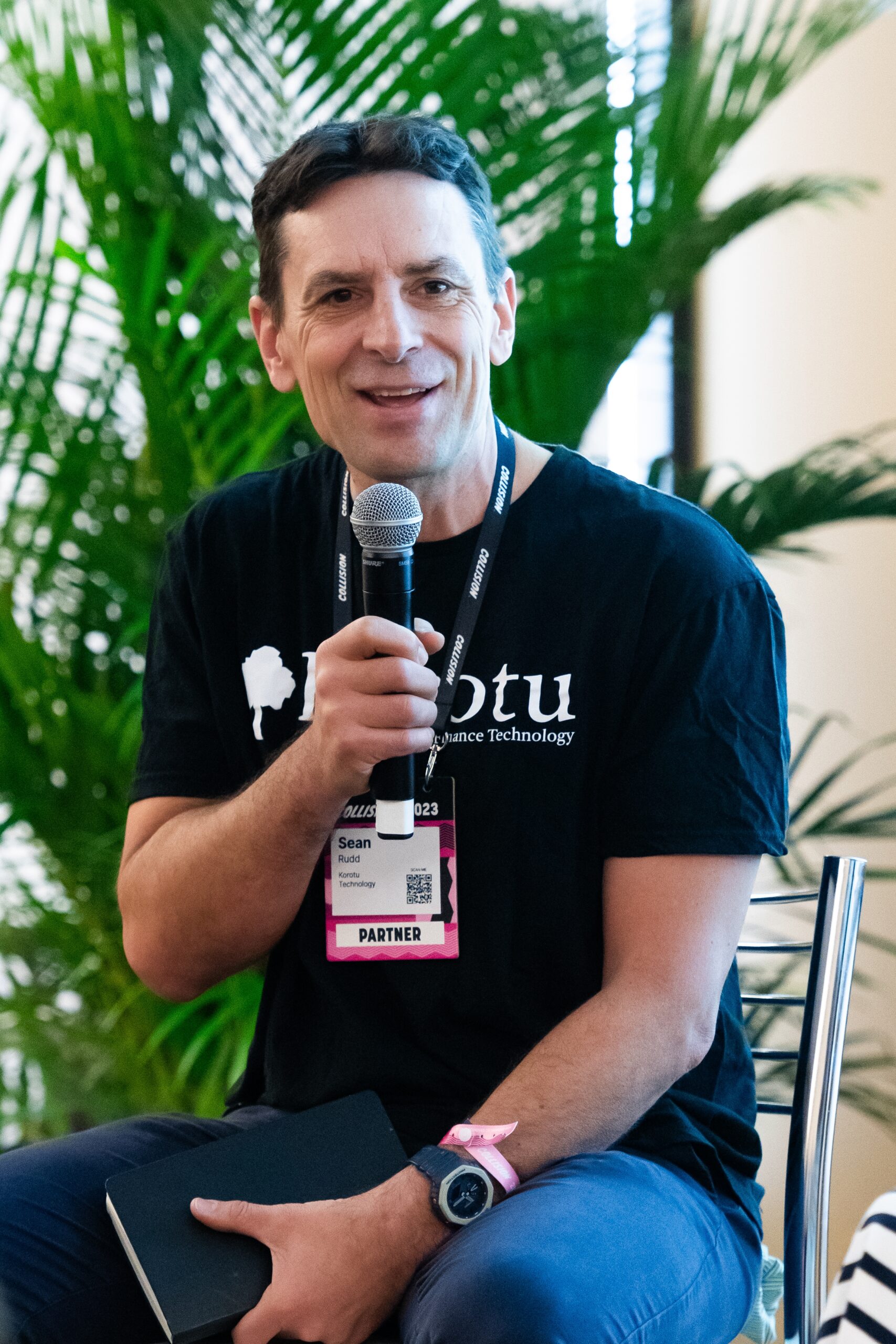
Korotu’s technology is a cloud-based software platform called LandSteward, and it’s used to measure, monitor and prioritize natural areas. We use satellites, AI models and web-based mapping information to display a heatmap of carbon hotspots, such as old-growth forests, that store huge amounts of carbon.
For example, in the Kawartha Lakes region in Ontario, we’ve recently completed work to map 1.3 million hectares of land in terms of the carbon in the forests, the biodiversity, and the risks to those areas. That work is now being used to target areas to permanently protect. Essentially, the technology is starting to make it possible to map large areas in a way that wouldn’t be possible for most communities, and this can support climate action and preserve biodiversity.
Megan Leslie: Angie, can you tell us a bit about how SRSS got involved in using technology in your work?
Angie Kane: We wanted to understand after a wildfire how much carbon was lost and how much carbon is left in the soil after a fire — and this goes back to understanding what gets put back onto the land. To do this, we knew we had to monitor carbon.
Megan Leslie: And Sean, what are the plans going forward for Korotu?
Sean Rudd: We hope to get more coverage in remote areas, and also expand our collaboration with communities and understand how detection before and after climate events can tell us about forest resilience. For example, in Prince Edward Island, my team visited the area in the aftermath of post-tropical storm Fiona.
Different forest types showed different levels of resilience to the extreme winds and rain, and we are looking to use our technology to make those insights available to landowners to help decide how and where to replant forests.
WWF-Canada’s Nature x Carbon Tech Challenge, supported by founding partner RBC Tech for Nature and national technology sponsor Microsoft, catalyzes the development of user-friendly and innovative technologies to support community-led measurement of carbon in nature.

